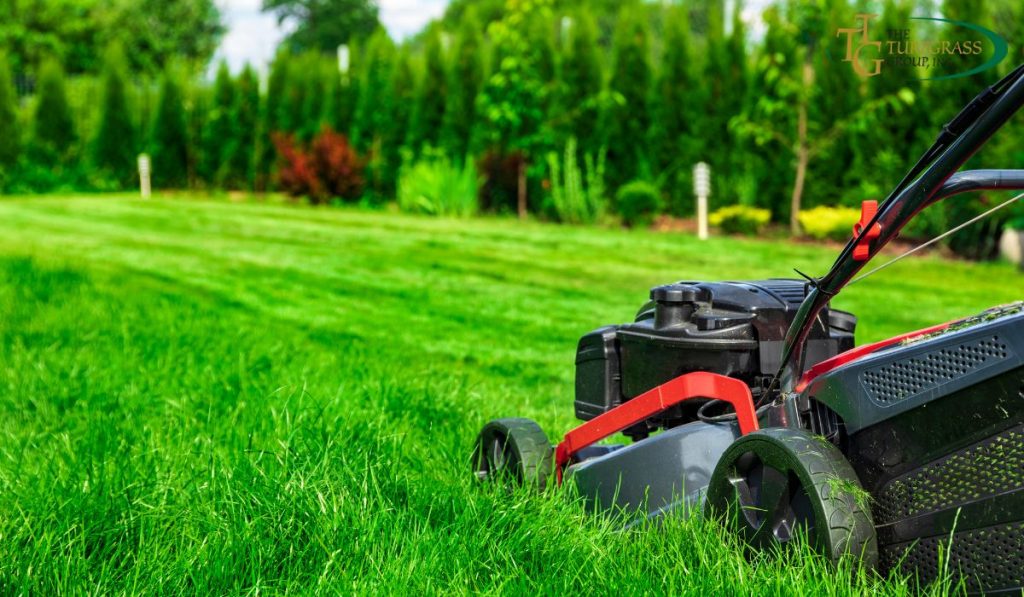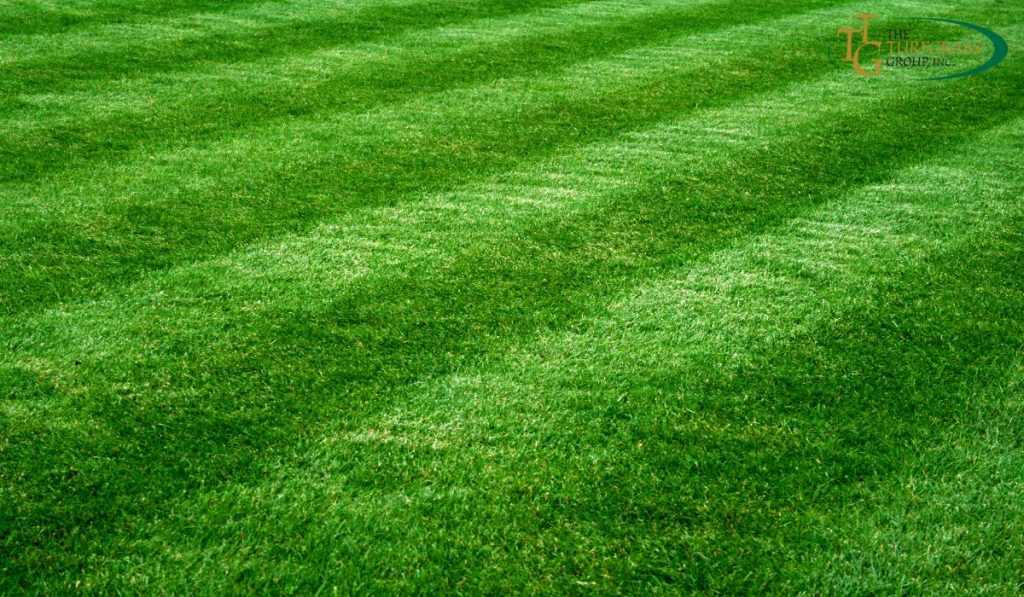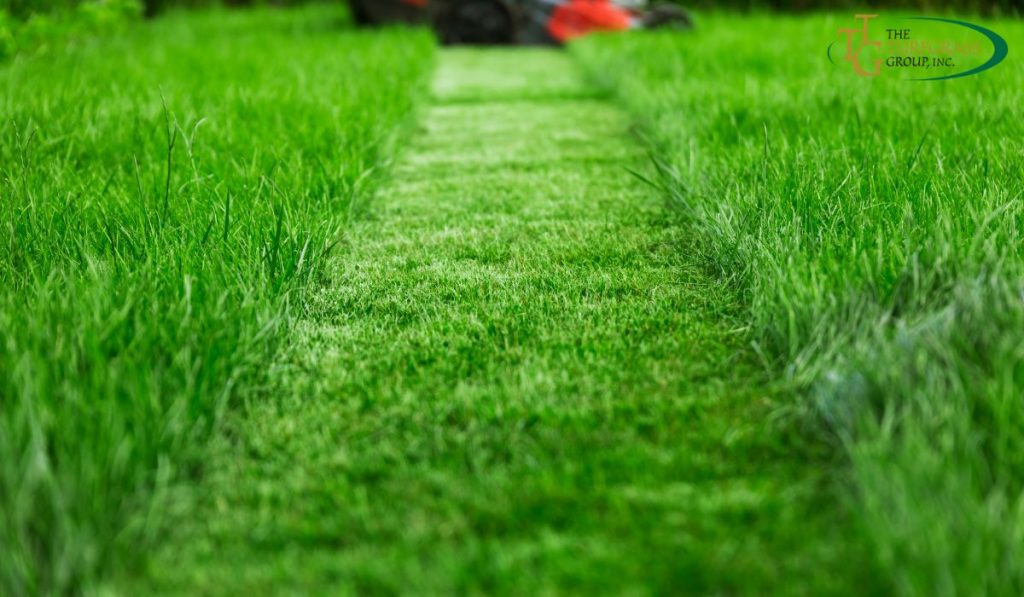
Transforming your lawn into a lush and healthy outdoor oasis doesn’t have to be a daunting task.
With a few quick and easy lawn hacks, you can achieve a beautiful and vibrant lawn that will be the envy of your neighbors.
These simple tips will save you time and effort while providing excellent results.
Let’s dive into three quick and easy lawn hacks that will elevate your lawn care game.
Mowing High for a Healthy Lawn
One of the simplest yet most effective lawn hacks is to mow your grass at the proper height.
Many homeowners make the mistake of cutting their grass too short, thinking it will save them time between mowing sessions.
However, cutting the grass too low can lead to several issues, including stress on the grass, increased weed growth, and a higher risk of disease.
Instead, mow your lawn on the higher side to promote healthy root growth and prevent weed invasion.
For most cool-season grasses like Kentucky bluegrass and fescue, set your mower to a height of 3 to 4 inches.
Warm-season grasses like Bermuda and Zoysia can be mowed slightly lower, between 1.5 to 2.5 inches.
By mowing high, you’ll encourage the grass to develop deep and strong roots, making it more resilient to drought and foot traffic.
Grass cycling – Natural Fertilization
Another fantastic lawn hack that can save you time and benefit your lawn is grass cycling.
Grass cycling is the practice of leaving grass clippings on the lawn after mowing instead of bagging and disposing of them.
When you grass cycle, the clippings act as a natural fertilizer, returning essential nutrients back to the soil.

Grass clippings are rich in nitrogen, phosphorus, and potassium – the primary nutrients required for healthy grass growth.
As the clippings decompose, they release these nutrients, nourishing the soil and promoting lush green growth.
Grass cycling not only saves you the hassle of dealing with clippings but also reduces the need for additional fertilization, saving you time and money.
Watering Wisely for Water Conservation
Proper watering is crucial for a thriving lawn, but it’s essential to do it wisely to conserve water and promote healthy grass growth.
One effective lawn hack is to water deeply and infrequently.
Instead of frequent shallow watering, which encourages shallow root growth, water your lawn deeply to encourage the roots to reach further into the soil.
Water your lawn early in the morning or late in the evening to minimize water evaporation and prevent the risk of fungal diseases.
Additionally, consider using a soaker hose or a drip irrigation system to deliver water directly to the root zone, reducing water waste and improving water efficiency.
Conclusion
In conclusion, achieving a beautiful and healthy lawn doesn’t have to be complicated or time-consuming.
By mowing high, grasscycling, and watering wisely, you can enjoy a vibrant lawn without the extra effort.
These quick and easy lawn hacks will not only save you time and money but also contribute to the overall health and beauty of your outdoor space. So, try these lawn hacks today and watch your lawn thrive with minimal fuss!
FAQs
Q: How often should I mow my lawn?
A: The frequency of lawn mowing depends on the grass type and its growth rate. In general, mow cool-season grasses once a week during their peak growing season and warm-season grasses every 7 to 10 days.
Q: Can I mow the lawn when it’s wet?
A: It’s best to avoid mowing a wet lawn as it can lead to uneven cuts and clumping of grass clippings. Wait until the grass is dry to achieve a clean and even cut.
Q: Should I water my lawn every day?
A: Watering every day is usually not necessary. Most lawns thrive with deep and infrequent watering. Aim for 1 to 1.5 inches of water per week, including rainfall.
Q: How do I know if my lawn needs water?
A: If the grass blades start to look dull or show signs of wilting, it’s time to water your lawn. Additionally, footprints that remain visible on the grass after walking indicate that it needs water.

Q: Can I use regular kitchen compost as lawn fertilizer?
A: While kitchen compost is rich in nutrients, it’s best to use specialized lawn fertilizers that provide the right balance of nutrients for your grass. Lawn fertilizers are designed to release nutrients gradually to support long-term growth.
Q: When is the best time to apply fertilizer to my lawn?
A: For cool-season grasses, the best time to apply fertilizer is in the early fall and late spring. For warm-season grasses, apply fertilizer in late spring and early summer.
Q: How do I prevent lawn diseases and pests?
A: Regular lawn maintenance practices such as proper mowing, watering, and fertilization can help prevent lawn diseases and pests. Additionally, avoid overwatering, as it can create conditions conducive to fungal growth.
Q: Should I aerate my lawn, and how often?
A: Aeration is beneficial for compacted soils and lawns with poor drainage. Depending on the lawn’s condition, you may need to aerate once a year or every two to three years.
Q: How do I get rid of lawn weeds without harming the grass?
A: Spot-treat lawn weeds with herbicides specifically designed for lawns. Alternatively, use manual methods such as hand-pulling or using a weeding tool to remove weeds without harming the grass.
Q: Can I overseed my lawn to improve its appearance?
A: Yes, overseeding can help fill in thin or bare spots and improve the overall density and appearance of your lawn. Choose a grass seed blend that matches your existing grass type for best results.